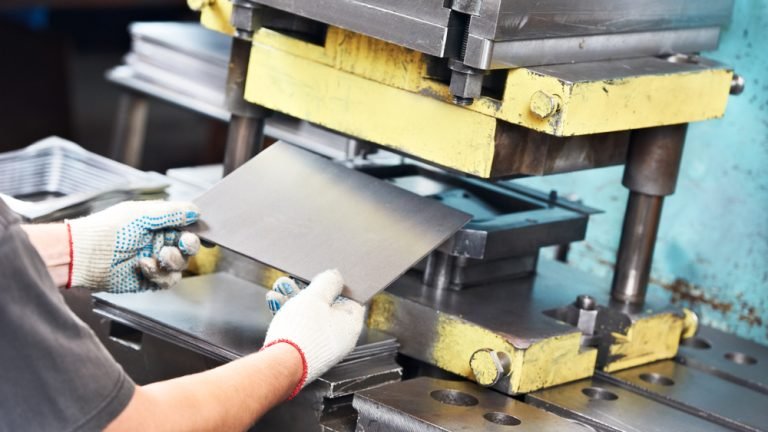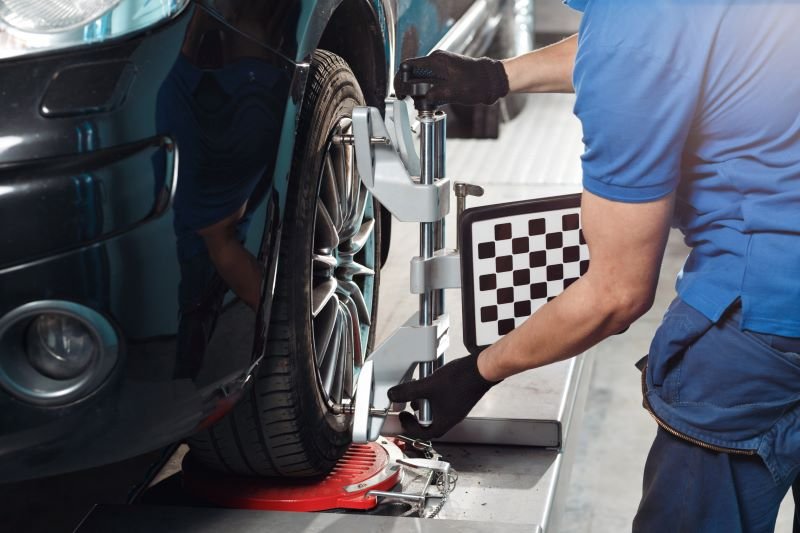The technology involved in forming metals is known as precision metal stamping. High precision stamping creates the features and shapes on the metal sheets. The process of stamping is adapted to bend the sheets, punch holes into them, forming and shear cutting to form the metal elements or the sheets. Conventionally, it is considered the metal stamping process.
Technological advancements have resulted in the automation of processes of stamping machines. One of the ideal ways to automate stamping machines is by integrating them with CNC or computer numerical control technology.
The CNC integrated stamping is a precision stamping machine as they are well-known for precision manufacturing. CNC-supported metal stamping is considered a precision metal stamping process used by the stamping dies manufacturer.
It is the process to be adopted in manufacturing a massive range of industrial products. The process should be understood before adoption. This post discusses precision metal stamping and the advantages of adopting precision stamping machines instead of the conventional stamping process.
Overview of Precision Metal Stamping
Precision metal stamping is a technique used to form metals with an automated metal stamping machine. The process includes impacting the metal sheet with a punch or dies for bending and drawing the sheet metal.
The technique uses high-precision stamping machines programmed or automated for repetitively punching the metal sheet with a stamping die. The sheet metal undergoes deformation leading to bending, punching, or the sheet metal drawing owing to the sheer force applied by the die or the punch.
The process of precision stamping depends on the kind of sheet metal, the properties of sheet metal along with the abilities of the precision stamping machine. Two distinctive machines are used according to the quality of the metal stamping that varies.
Mechanical Stamping Presses:
The presses for mechanical stamping are the mechanical equipment used by stamping dies manufacturers-featuring a flywheel storing the energy. The energy is then transformed into the die or punch based on the flywheel’s movement. The transfer of energy causes the stamping action on the sheet metal. Specifically, these are the setups integrated with CNC functionality, performing the stamping process within a seamless sequence with complete precision.
Hydraulic Stamping Presses:
The hydraulic stamping presses are powered by hydraulic operations. These systems are integrated with the CNC functionalities for rapid, error-free, and automated stamping operations. The strokes in the setups are larger, about 800 mm, and the processing load goes up to about 10000 tones.
Benefits of Using a Precision Stamping Machine
The hydraulic or mechanical punching presses are enough to forge the sheet metals. So, why should one invest in high-precision stamping machines with integrated CNC functions? The following are the benefits of this process and how it helps to save costs:
-
Automation
Automation is one of the main benefits of the precision stamping process. Integrating into the CNC functioning, the stamping process becomes seamless on the production line. It, therefore, helps to increase the production efficiencies saving the investment in manpower. It results in reduced human errors and higher precision and dimensional accuracies.
-
Rapid Turnaround Time
Automation plays the most significant role in the turnaround time of precision stamping. With automation, the time taken for the entire tool replacement, changes to the workpieces, etc., are reduced significantly, and the production duration is reduced.
-
Tooling Variation
The punching tools are used for hard tooling, soft tooling, and stepped tooling based on the materials’ properties. The strategic variation in tooling load prevents any damage or cracks to the sheet.
Ending Notes
The stamping dies manufacturers save costs by using the precision stamping technique. Reducing the costs for sheet metal stamping is possible by reviewing the stamping processes and considering the possibility of performing hybrid manufacturing or contracting out of the sheet metal stamping.
Consider the points mentioned above in how precision stamping can help reduce costs by converting machined elements into stamped parts. The stamping company will use its experience, precision sensing tools, well-maintained press equipment, and advanced quality equipment to offer the best low-cost opportunity to create innovative, cost-effective parts.




